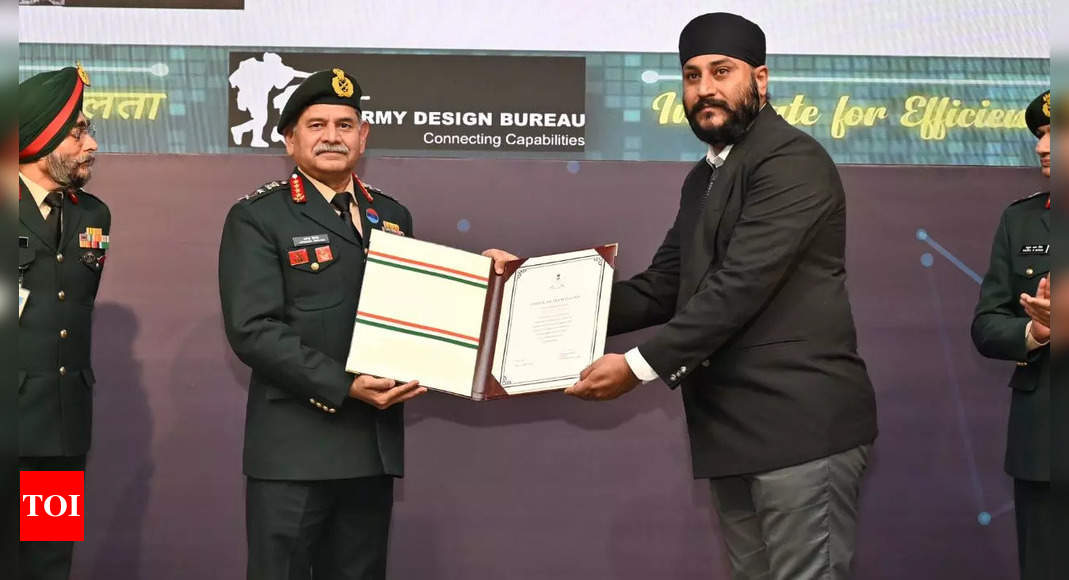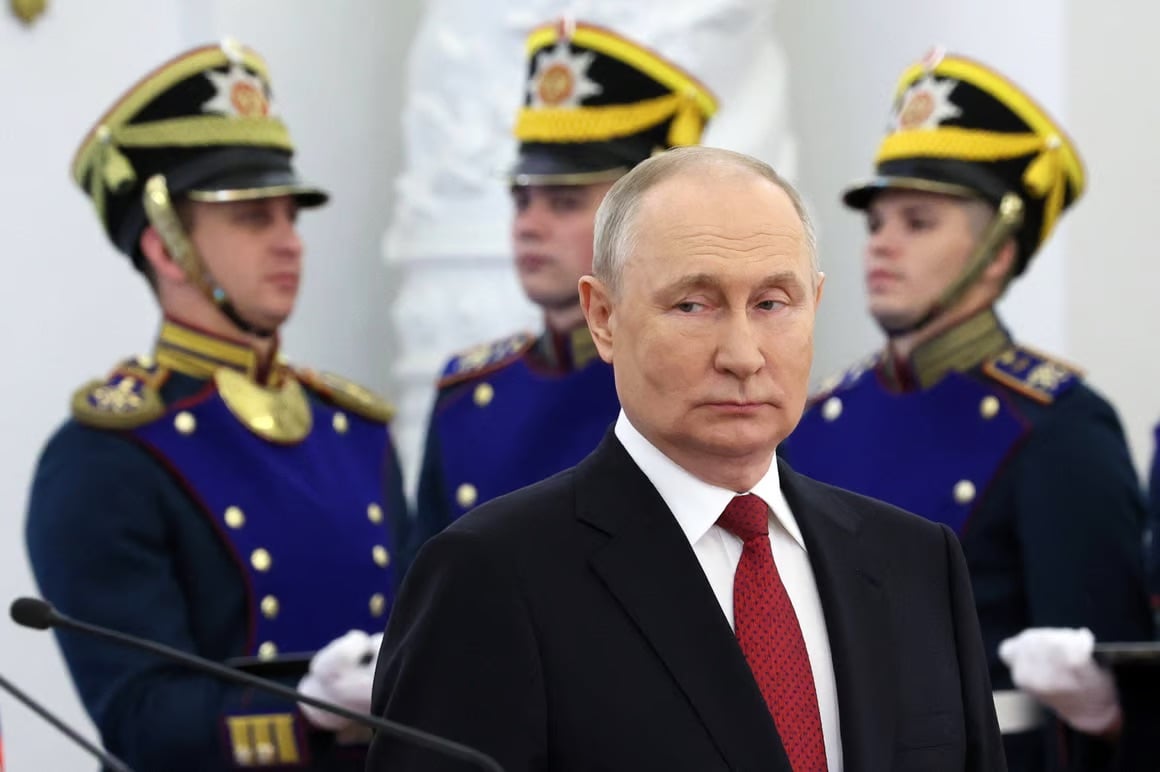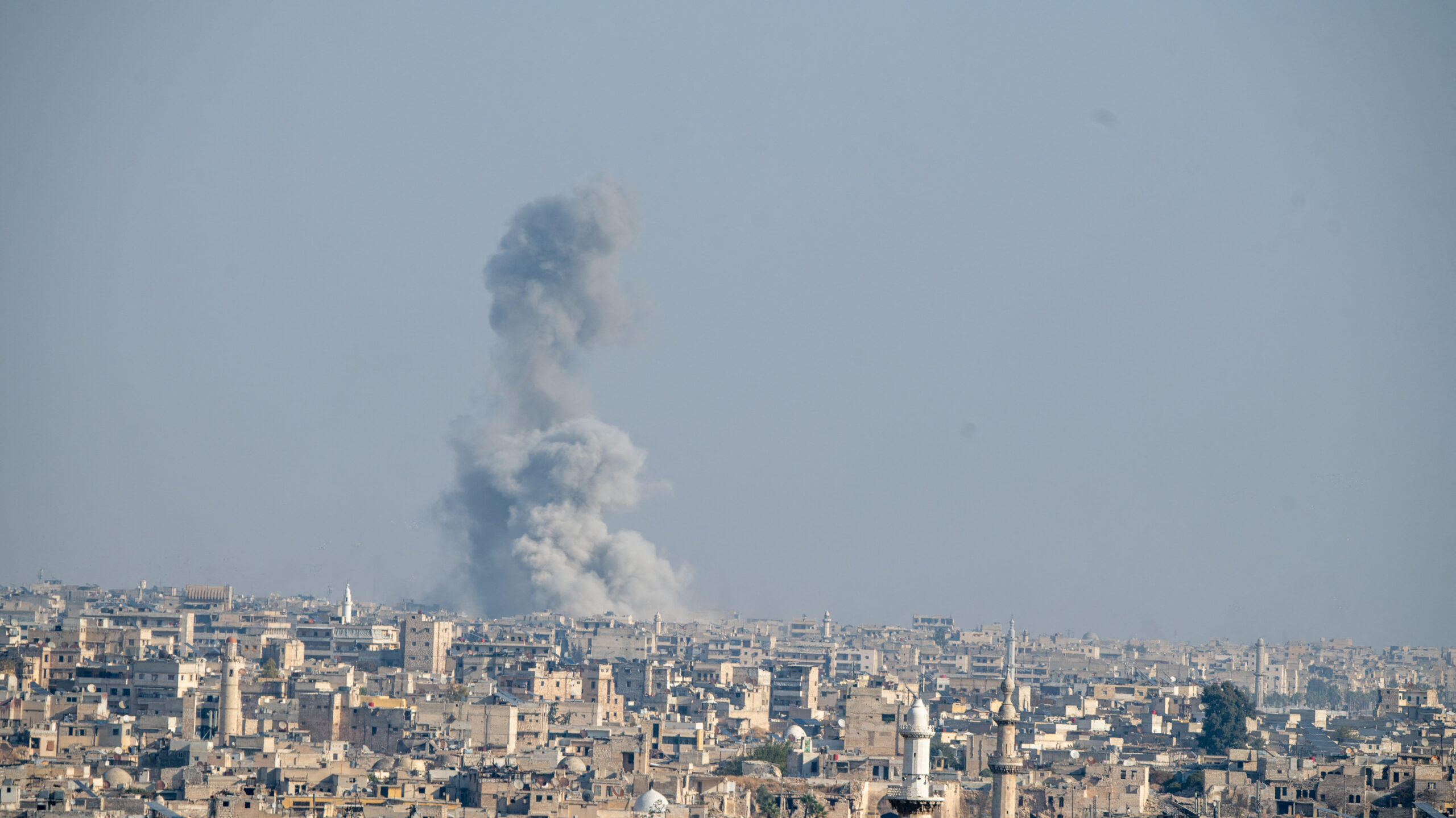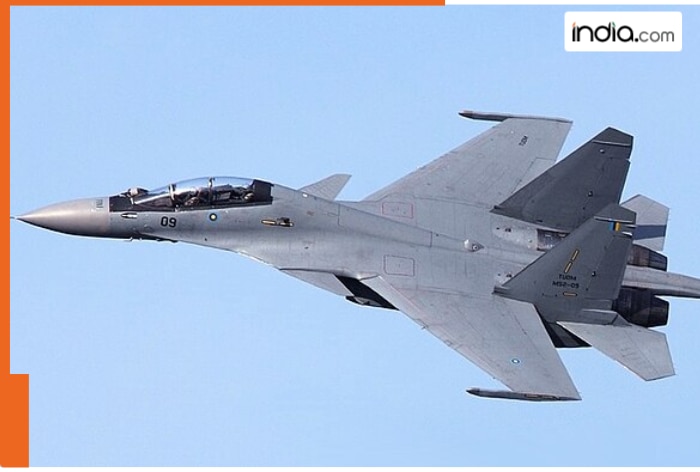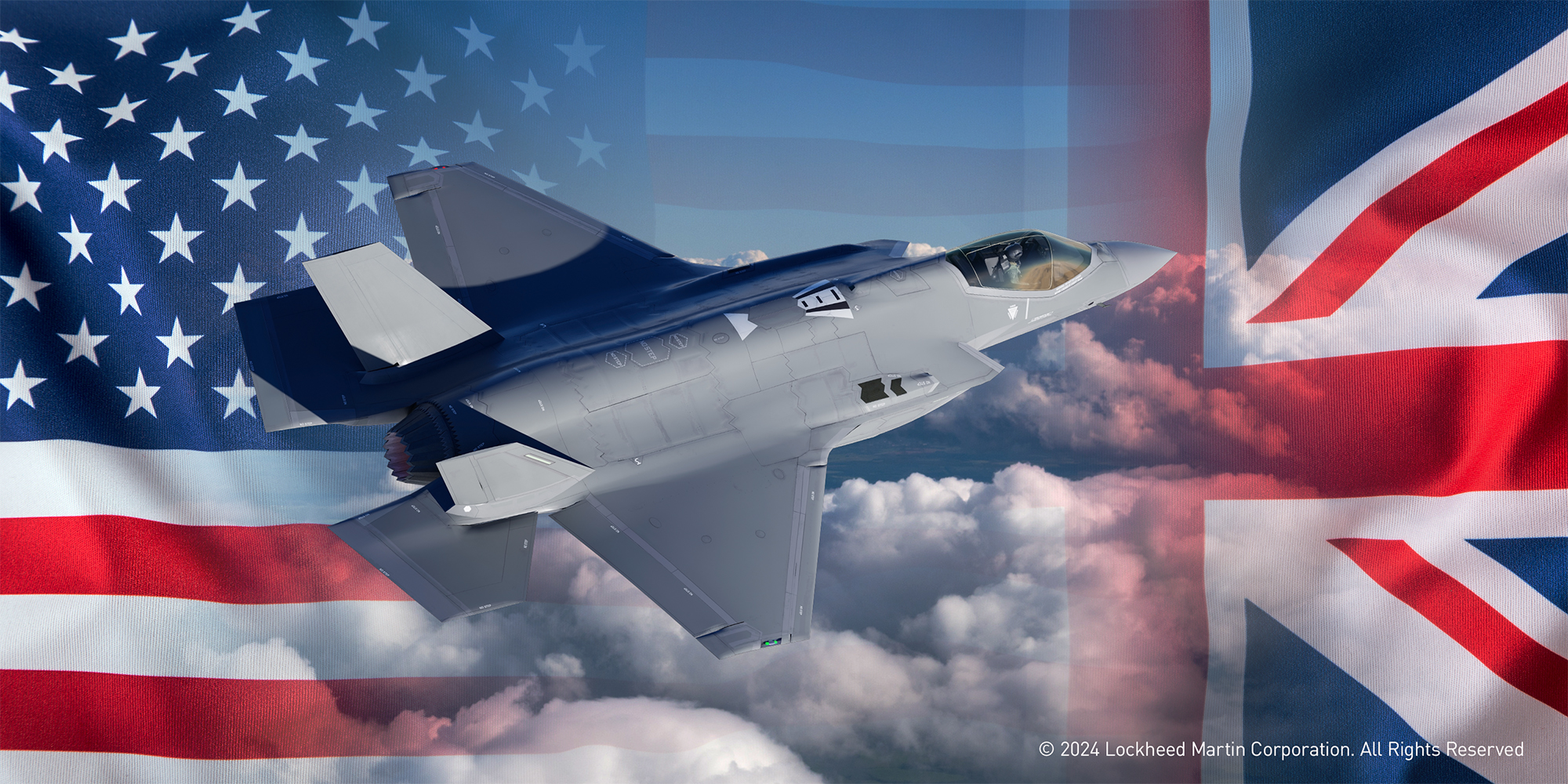Mechanical Engineer Develops Innovative ‘Phoenix Foot’ Prosthetic for Amputee Military Personnel, Receives Army Chief’s Commendation
In a remarkable initiative aimed at improving the lives of amputee military personnel, Gurvinder Singh, a 41-year-old mechanical engineer and…
Collapse of Assad’s Regime Highlights Russia’s Military Limitations Amid Ongoing Ukraine Conflict
The recent collapse of Bashar al-Assad's regime in Syria represents a significant setback for Russia, undermining its image as a…
Union Minister Sanjay Seth to Preside Over INS Nirdeshak Commissioning Ceremony in Visakhapatnam
Union Minister of State for Defence Sanjay Seth is scheduled to visit Visakhapatnam on December 18 to preside over the…
Israel Strikes Chemical Weapons in Syria Following Regime Change
In a significant development in the ongoing conflict in Syria, Israeli Foreign Minister Gideon Saar announced that Israeli forces had…
Indian Air Force’s Sukhoi-30 MKI to Receive Major Upgrade Enhancing Air Combat Capabilities
The Indian Air Force (IAF) is embarking on a significant upgrade initiative for its fleet of Sukhoi-30 MKI fighter jets,…
F-35 Fighter Jet Successfully Shares Classified Data with UK’s Nexus Combat Cloud in Historic Demonstration
In a groundbreaking development for international military collaboration, an F-35 fighter jet successfully conducted an in-air demonstration of classified data-sharing…

